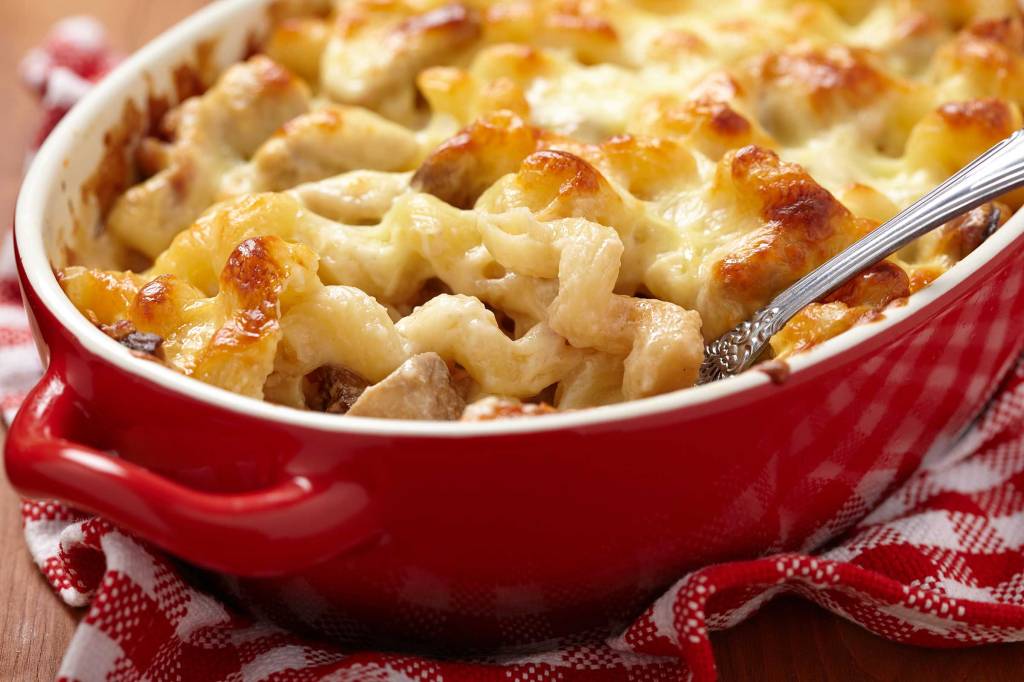
Gruel, that much-maligned “delicacy,” has quite the checkered past. Thanks to good ol’ Charles Dickens and his tales of woe, the mere mention of gruel is enough to transport us to the dingy, squalid poorhouses of the Industrial Revolution. Ah, those were the days, when watered-down grains were the height of culinary sophistication for the great unwashed.
Fast forward to the present day, and what do we find? Well, it appears that we can’t escape the clutches of gruel, no matter how much we’d like to. Of course, now we’ve gotten smart and slapped new names on it to make it more palatable. “Oatmeal” in the U.S., “congee” in China. We’ve basically put lipstick on a pig and called it a day.
So, folks, the joke’s on us. Gruel never left our side. It just goes to show, you can’t keep a bad dish down!
Basic All-Purpose Gruel
Ingredients
• 1/2 cup of any grain, though it won’t make much difference.
• 2 cups of water, to dilute any remaining taste. (If preparing Gruel a la Gandhi, substitute fresh urine for water.)
• A pinch of salt, the only source of flavor.
• Optional: sweeteners or savory spices, but they’re unlikely to help much.
Instructions
- Apathetically measure your lackluster grains and water.
- Carelessly pour water into a saucepan; bring to a boil. Toss in a pinch of salt — it might make a small difference.
- Slowly, and without much enthusiasm, stir in the grains, avoiding clumps if possible.
- Decrease heat to low, allowing this uninspiring mixture to simmer. Stir occasionally to prevent sticking, or don’t. It won’t improve the flavor.
- Keep cooking for 15-20 minutes until grains reach a soft, porridge-like state. The result should be reminiscent of thin, tasteless soup. If you have the misfortune of it thickening, add more water.
- Once the gruel is “ready,” remove from heat. If you can bear it, try adding sweeteners or savory spices. Although, you’ll likely find tossing in a dirt clod more appealing.
- Serve this dish with a grimace. Remember, even though gruel is versatile, no amount of experimentation can rescue it from being culinary despair in a bowl.
Correction
A recent recipe for Twice-Baked Butternut Squash Surprise incorrectly listed an ingredient. It is polenta, not placenta.
— Compiled by Caitlyn Mahoon
